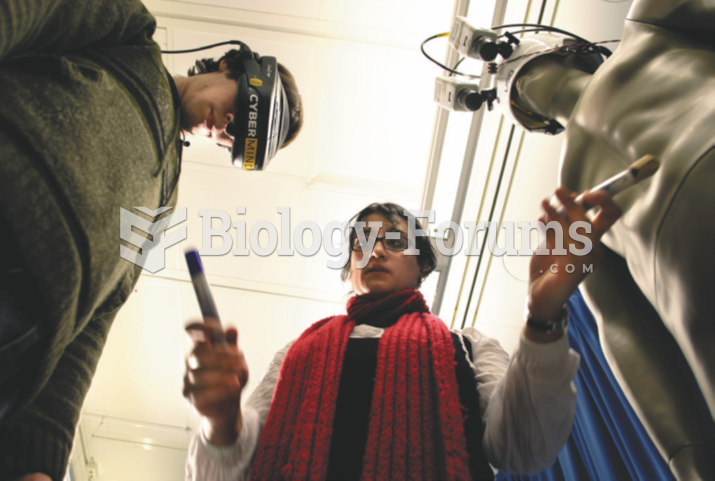Answer to Question 1
- A Rose for Emily contains many contrasts that demonstrate Emilys refusal to recognize change. For example, this refusal is suggested in the symbol of her invisible watch (par. 7), with its hint that she lives according to a private, secret time of her own. Her once-beautifully decorated house seems an extension of her person in its stubborn and coquettish decay (par. 2). Years later the house becomes an eyesore among eyesores amid gasoline pumps, garages, and cotton gins; it refuses, like its owner, to be part of a new era. The story contains many such images of stasis: when Emily confronts the aldermen, she looks bloated, like a body long submerged in motionless water (par. 6)a foreshadowing, perhaps, of the discovery of Homers long-guarded dust.
Answer to Question 2
- Students will want to make sure of exactly what happens in the story. Just as Emily Grierson had clung to her conviction that her father and Colonel Sartoris were still alive, she had come to believe that Homer Barron had faithfully married her, and she successfully ignored for forty years all the testimony of her senses. The conclusion of the story is foreshadowed by Emilys refusal to allow her father to be buried, by her purchase of rat poison, by the disappearance of Homer Barron, and by the pervasive smell of decay.
In fact, these foreshadowings are so evident it is a wonder that, for those reading the story for the first time, the ending is so surprising. Much of the surprise seems due to the narrators back-and-forth, non-chronological method of telling the events of the story. We arent told in proper sequence that (1) Emily buys poison, (2) Homer disappears, and (3) there is a mysterious odora chain of events that might immediately rouse our suspicions. Instead, we hear about odor, poison, and disappearance, in that order. By this arrangement, any connection between these events is made to seem a little less obvious, adding to the storys Gothic tone.
Faulkners mysterious story also resembles a riddle, argues Charles Clay Doyle of the University of Georgia. The resemblance exists not so much in the storys structure or rhetoric,
as in the tricky way it presents clues, clues that tell the truth but at the same time mislead or fail to enlighten. The pleasure of discovery experienced by readers of the story resembles the pleasure we take in learning the answer to a riddle: we are astonished that the solution, which now seems so obvious, so inevitable, could have eluded us. (Mute Witnesses: Faulkners Use of a Popular Riddle,
Mississippi Folklore Register 24 1990: 5355)
Furthermore, Doyle identifies an allusion to a well-known riddle in Faulkners final description of Emilys chamber: Homers two mute shoes and the discarded socks. The riddle is, What has a tongue but cant speak? (
Answer: a shoe.) Taking the phrase mute shoes to echo the riddle, Doyle thinks the shoes are a pair of silent witnesses who, in their way, resemble the narrator himself, who shows us the truth but does not state it outright







